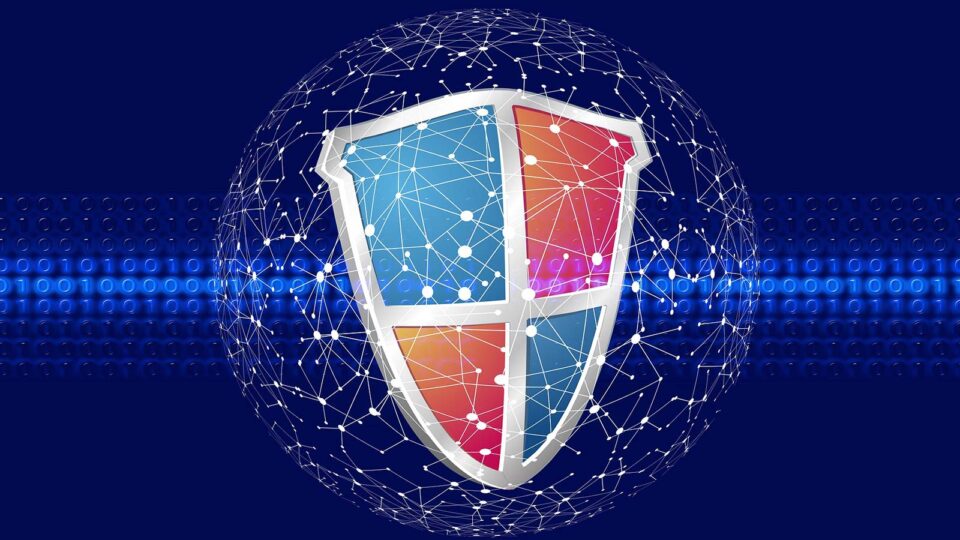Data has become a company’s most valuable asset - after its employees, that is. The value of data across enterprises is in the trillions of dollars. Without a doubt, CEOs, CIOs, CISOs and other C-level executives, as well as their IT teams, cannot allow data to fall into the wrong hands or allow a cyberattack to cripple the business.
As a constant threat, cyberattacks present a clear and present danger. It is critical for all organizations to increase safeguards against cyberattacks because the costs of failing to incorporate data and cyber resilience into a comprehensive corporate cybersecurity strategy are astronomical.
Cybercriminals are altering, destroying, or stealing data. Reports in the media have shined a spotlight on some high-profile cases: Cybercriminals held a high-profile university in California “hostage,” demanding $1.5 million to get the university’s data unransomed, or the $11 million ransom paid by JBS, the world’s largest producer of meat.
Some Fortune 500 companies have experienced attacks at multiple data centers from many different venues. The threat of cyberattacks has become so prevalent that in the Fortune 500 CEO survey in mid-2021, 66% of Fortune 500 CEOs said their #1 concern in the next three years is cybersecurity. Similarly, in a KPMG CEO survey in March 2021, CEOs also said cybersecurity is a top priority. Over the past couple of years, the World Economic Forum named cybersecurity as one of their top 5 priorities.
The average number of days to identify and contain a data breach, according to security analysts, is 287 days. Enormous damage can be inflicted within 287 days. Too many enterprises are not truly equipped and prepared to deal with it.
The cyberattacks have become increasingly sophisticated, pervasive, and aggressive, targeting both primary storage (file, block or object) and secondary/backup/disaster recover storage. So, changing the paradigm from an overall corporate security perspective is needed.
A Holistic Enterprise Security Approach
To address this mega-challenge of an onslaught of cyberattacks, CEOs, CIOs and CISOs need to take an end-to-end approach to stay ahead of cybersecurity threats. The key is to make enterprise storage cyber resilience part of your organization’s corporate cybersecurity strategy. To state it another way, you need to think of your storage as part of your holistic enterprise security approach.
Cybersecurity must go hand-in-hand with cyber resilience.
Primary storage and secondary storage need to be protected, ranging from air gapping to real-time data encryption to immutable copies of your data to instantaneous recovery. Traditional data backup is no longer sufficient. A cyber resilience solution is deemed effective when it provides guaranteed availability and a fully scaled data restoration for business continuity.
The drive to modernize data protection capabilities speaks to the fact that every possession in a company’s data storage estate needs to be cyber resilient, designed to thwart ransomware, malware, internal cyber threats, and other potential attacks.
10 Steps to Boost Cybersecurity for the Data Infrastructure
Improving data protection is one of the best things you can do for your organization, and it starts with cyber resilience. The right data protection and cyber resilience can mean the difference between staying in business and going bankrupt.
The following are 10 steps that your organization can take to advance the processes to protect itself:
- Do a data protection assessment of all your company’s data sources.
- Profile all your data to determine its level of importance to your business.
- Figure out what to protect and how to protect it because each dataset brings a different value to the company.
- Know which category each dataset falls into ‒ and the value level it either provides or could cost the business.
- Make sure that the data is air-gapped, including logical local and remote air gapping. (Logical air gapping creates a gap between the source storage and the immutable snapshots, while remote air gapping sends data to a remote system.)
- Obtain the capability to create a fenced environment (or isolated network), as the fenced environment/isolated network provides a safe location to provide forensic analysis of datasets to identify a copy of the data that is free from malware or ransomware and can be safely restored.
- Use immutable snapshots to ensure that copies of the data cannot be altered, deleted, or edited in any way, providing assurance in the integrity of the data.
- Pinpoint a known good copy of the data, making sure that there is no ransomware or malware on the data before you execute your recovery.
- Use a system that can accelerate the recovery time to a matter of minutes, not hours or days, leveraging immutable snapshots for rapid recovery from cyberattacks.
- Map out all your processes to combat ransomware and malware and be sure those processes are easily executed to speed recovery in case of a cyberattack.
Together, immutable snapshots, air gapping, fenced environments/isolated networks, and rapid recovery time bring a much-needed new level of enterprise cyber resilience to an organization. It all starts with making enterprise storage an essential part of your corporate cybersecurity strategy.
[To share your insights with us, please write to sghosh@martechseries.com]


